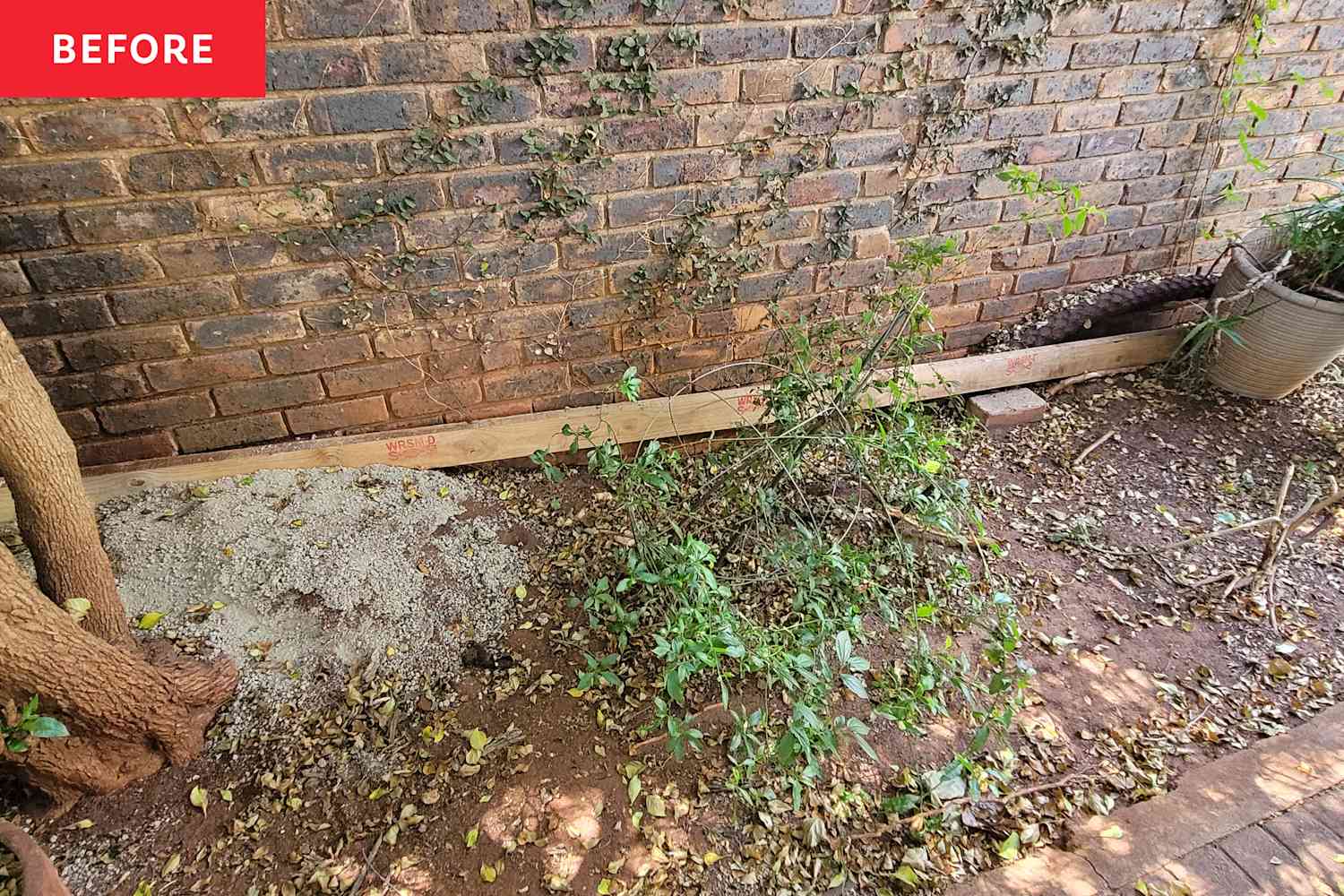
"You might have heard of the five-senses grounding technique to bring a sense of calm. My therapist introduced me to the concept when I was grieving the sudden loss of my cat, Oliver. It's a check-in where you name five things you hear, four things you see, three things you smell, two things to touch, and one thing to taste, or however you prefer to engage (like you could listen to five things and smell four)."
"The first thing I did was get memorial chimes for Ollie because of a beautiful card it came with: "Listen to the wind and think of me. In your heart, I'll always be." Because my sensory garden project started with Ollie's memorial chimes, I wanted to give special attention to this feature, and I've since incorporated several hanging chimes into the green space."
"But sensory gardens don't need to be full of buys. Think about what sounds you can incorporate for free, like swaying grasses, the gentle rippling of fabric, or the hum of bees, all of which can ground you. I stand outside and listen for whatever sounds come rushing into my yard, like the peaceful clang of the metal tubes and clapper, birds chirping, and rustling leaves."
A five-senses grounding technique involves naming sensory elements to bring calm by identifying five things you hear, four you see, three you smell, two you touch, and one you taste. The technique was adapted to an outdoor space to create a sensory garden as a memorial and healing place. The yard transformed from a barren mud pit and concrete slab into an outdoor oasis by incorporating sound, scent, taste, color, and tactile features. Memorial chimes and multiple hanging chimes provide auditory anchors while free natural sounds like grasses, bees, birds, and rustling leaves contribute grounding. A green-and-purple color palette adds visual cohesion.
Read at Apartment Therapy
Unable to calculate read time
Collection
[
|
...
]